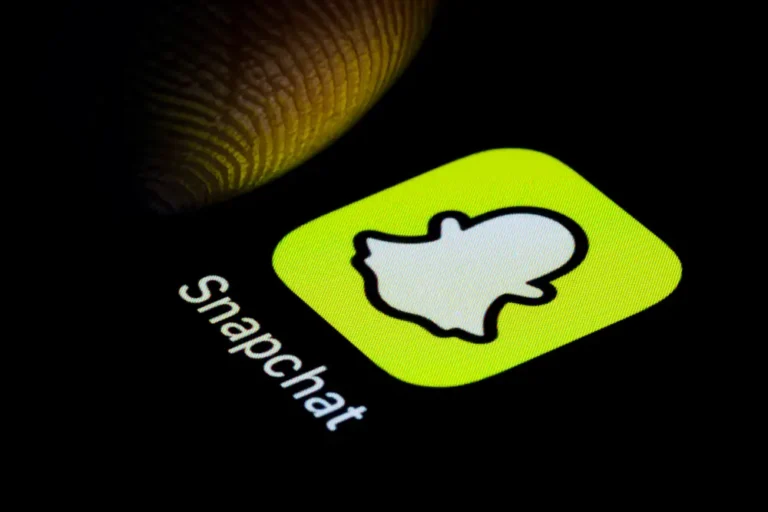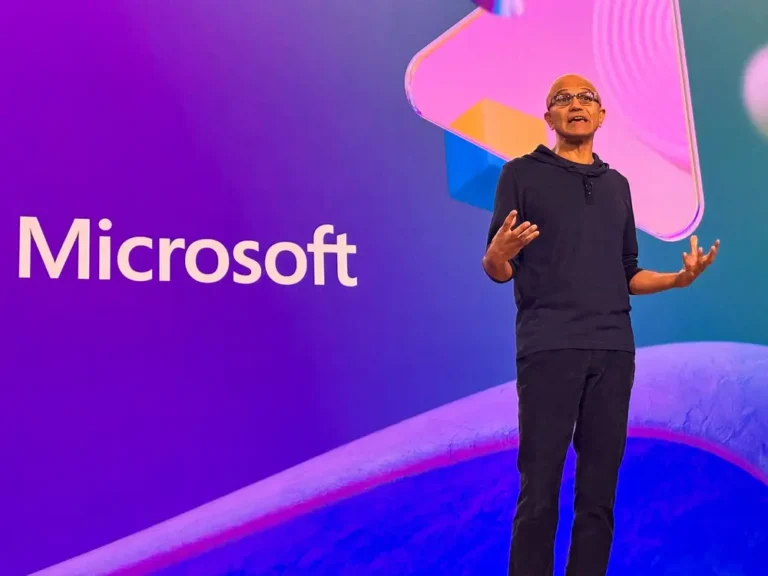Banning phones in school is the easy part. The hard part is what to do about social media.

In the running debates on teens and kids using cellphones in school — and social media’s effects on young people — there’s at least one thing most adults seem to agree on: banning phones in school.
The Pew Research Center just released a report on recent polling in which 68% of adults surveyed said middle- and high-school students shouldn’t be allowed to use their phones during class. (Most thought kids should have access during lunch and between classes — and 36% thought phones should be locked up all day.)
An increasing number of schools around the country are banning phones. Teachers are overwhelmingly in favor of these cellphone bans — 90% of National Education Association members supported policies banning phones during instructional time, a spring report said. Students, as you might imagine, aren’t always as keen on it. (Although some have said they’ve learned to like the cellphone bans.)
Meanwhile, in the past year, there’s been a noticeable crescendo in the debate over phones and teens, especially with the publication of Jonathan Haidt’s bestseller “The Anxious Generation” and state lawsuits against Meta and TikTok claiming various harms against young people. The US surgeon general recently suggested social media should come with a warning label for teens.
Banning phones in school is different from discussion on social media’s potential harm
The debate about phones in schools is connected to this bigger conversation, but for a few reasons, it also stands very separate.
For one thing, the discussion about phones in schools has practical solutions: Schools can issue classroom phone bans today, and they go into effect basically immediately — there’s no litigation with Big Tech giants or intellectuals pontificating about society’s ills.
And it doesn’t really take a deep level of scientific research or analysis to conclude that phones are probably very distracting in class.
If you’re an adult with a phone, you can probably imagine what it would’ve been like to have that phone during 11th-grade English class. I’m old enough that I didn’t have a cellphone in high school, but I can absolutely tell that I would have been scheming all sorts of ways to covertly text my friends under my desk during biology class.
Research on social media and teen mental health isn’t always clear
On the other hand, the argument that social media and phone use are causing a mental-health crisis for teens is not as clearly a slam-dunk case. The body of research on the topic is mixed, and there are persuasive arguments both ways. Consider a very recent kerfuffle: A researcher published a meta-analysis of studies on what happens when teens quit social media and suggested that Haidt’s research was flawed. Then, Haidt and his crew published a three-part Substack series attempting to debunk the meta-analysis. Then, yet another researcher came out with a new analysis of the whole thing, attempting a re-debunking of Haidt.
Which party is correct here is far beyond my ability to judge, but the point is that academic research in this area is complicated. Studies can be flawed by design, and data can be interpreted differently.
The way people talk about it matters, too; Mark Zuckerberg recently said in an interview with The Verge: “I think the majority of the high-quality research out there suggests that there’s no causal connection at a broad scale” between social media and harm to teen mental health (emphasis mine). Meanwhile, researchers from Oxford just published a study indicating a correlation between the two. I think even a high-school student who was tweeting during science class knows the difference between correlation and causation.
There is, too, a bit of common sense: Teens are not a monolithic group, and for some, social media and phones may be highly beneficial; for others, they might worsen anxiety and depression and exacerbate eating disorders.
While phones in school are a generally similar topic to the discussion of the harms social media might bring to young people’s mental health, they’re really separate conversations — with different standards of proof and different solutions. And it’s a conversation that most adults have come to the same common-sense conclusion on: Don’t text and learn.






